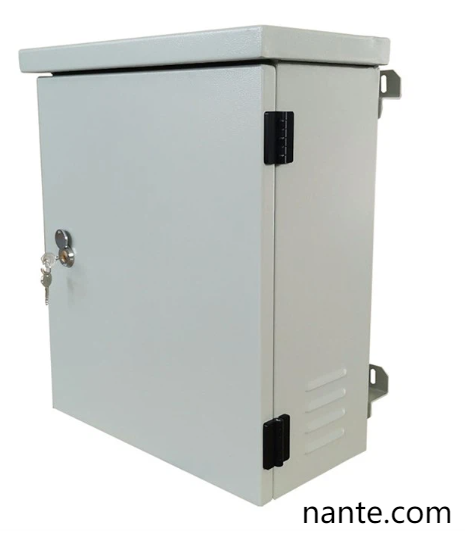In modern industrial and residential environments, outdoor electrical systems are essential for supporting construction, infrastructure, and event operations. Central to these systems is the electrical outdoor box, a critical interface between power sources and connected equipment. Its design and quality directly influence the safety, reliability, and efficiency of electrical distribution. Choosing a robust, well-engineered Electrical Outdoor Box is not just a practical decision—it is a fundamental step in safeguarding personnel, equipment, and operational continuity.
Rigorous Manufacturing Standards: Building Reliability from the Ground Up
Superior outdoor power solutions begin with uncompromising quality control at every production stage. Leading manufacturers prioritize the use of high-performance materials, such as weather-resistant polymers or corrosion-proof metals, to ensure resilience against environmental stressors like heavy rain, extreme temperatures, and prolonged UV exposure.
During assembly, precision engineering guarantees seamless integration of components, including circuit breakers, waterproof seals, and insulated wiring. Each unit undergoes extensive testing to validate its performance under realistic conditions. Key tests often include:
· Environmental stress testing: Simulating temperature fluctuations, humidity cycles, and salt spray exposure.
· Mechanical durability assessments: Evaluating resistance to impacts, vibrations, and abrasion.
· Electrical safety verification: Testing insulation integrity, overload capacity, and short-circuit prevention.
These protocols ensure compliance with industry standards, enabling the electrical outdoor box to operate safely in diverse settings—from industrial plants to outdoor festivals.
Comprehensive Support: Beyond Product Delivery
A high-quality electrical outdoor box is only one part of a holistic power solution. Manufacturers committed to customer success often provide end-to-end support, including:
· Installation guidance: Detailed manuals or on-site training for safe setup.
· Predictive maintenance tools: Remote diagnostics to identify potential faults before failures occur.
For example, a utility company managing remote infrastructure might leverage real-time monitoring systems to optimize power distribution and preempt outages, ensuring uninterrupted service to communities.
Innovation for Adaptability and Sustainability
Modern outdoor power solutions integrate advanced technologies to address evolving industry needs. Key innovations include:
· Energy monitoring systems: Real-time tracking of voltage, current, and consumption via embedded sensors.
· Modular scalability: Customizable configurations to expand capacity as project demands grow.
· Renewable energy integration: Compatibility with solar or wind power systems to reduce carbon footprints.
These features not only enhance operational flexibility but also align with global initiatives for energy efficiency and environmental stewardship.
Industry Leadership: Driving Excellence in Power Management
The outdoor power box sector continues to evolve through collaboration between engineers, regulators, and end-users. Industry leaders emphasize continuous improvement in safety protocols, material science, and smart technology integration. By prioritizing user-centric design—such as ergonomic handles for portability or intuitive labeling for error-free wiring—manufacturers ensure their products meet the practical needs of field technicians and project managers alike.
Moreover, global service networks enable manufacturers to deliver localized support, bridging gaps between production hubs and end-users. This commitment to excellence reinforces trust and ensures that outdoor power systems remain a cornerstone of safe, efficient electrical distribution worldwide.Learn more at www.nante.com.



